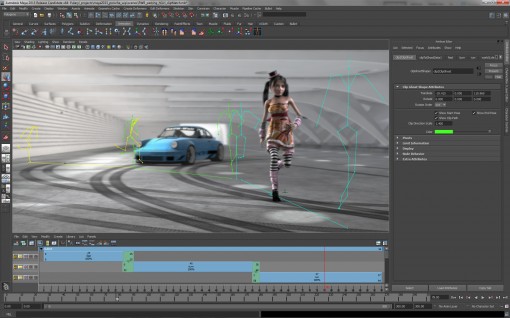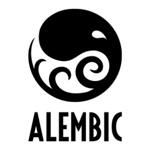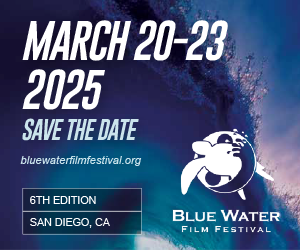Our in-the-know visual effects expert and critic picks his favorite releases of the year (in no particular order!):
- Digital Molecular Matter. Physical simulation system found on every platform from iPads to feature films (recently the ship crash in Prometheus); its capacity to simulate the breakage and bending of real materials like glass, steel and stone is the heart of MPC’s popular Kali destruction pipeline.
- Arnold. Rendering system used by Sony Imageworks and Animation— as well as Digital Domain on Jack the Giant Killer—has been around for a while, but recently gained some traction thanks to high profile projects.
- Creation Platform. Fabric Engine’s Python/Qt-based modular framework for developing 2D and 3D applications is changing the way studios (like Zoic, Halon and The Third Floor) approach tool customization.
- Raspberry Pi. Created by educators at the University of Cambridge Computer Laboratory, this credit card-sized computer plugs into a TV or keyboard; on top of being able to run programs, games and hi-def video, its main aim is to give kids an afford- able device to experiment with and learn programming.
- Alembic. Open source CG interchange framework that distills complex animated scenes into non- procedural, application-independent baked geometric results—Lucasfilm and Imageworks have integrated Alembic into production environments.
- Deep Image Compositing. Recently emerged compositing/ rendering technique that goes beyond the RGBA value in a pixel and allows for multiple samples in the depth of an image, producing high quality results and removing edge artifacts. SideFX recently integrated Deep Image interactivity to Houdini, and studios like Weta, ILM and Animal Logic have implemented it.
- Cloud Based Rendering. The first fully cloud-based rendering/ storage platform ZYNC—created by vfx artists, for artists—allows smaller players an affordable means of getting big shot computing power on demand; the pay-as- you-go service was recently used on Flight and Looper.
- Cloud Based License Rentals. Speaking of the cloud, it has also opened up cost effective means for individuals, schools and other organizations to access top-tier software like Adobe’s Creative Suite (Adobe Creative Cloud) and Houdini as well as facilitating collaboration through these programs.
- Kinect. No longer the domain of bulky ping pong ball-covered suits, motion-capture is now a part of home entertainment thanks to Microsoft’s device—which combines 3D mo-cap, facial recognition and voice recognition, ushering in a new era of gameplay. The tech is built on Rare’s software and PrimeSense’s range camera system for gesture recognition.
- OpenColorIO. Open-source color management solution supported by Imageworks (and years of production experience on films like Cloudy with a Chance of Meatballs, Surf’s Up, Alice in Wonderland and Spider-Man 2)— compatible with the Academy Color Encoding Specification (ACES) and is LUT-format agnostic, supporting many popular formats; and natively supported in commercial applications like Katana, Mari, Silhouette FX, and others.
- Agisoft PhotoScan. Generates high-resolution geo-referenced ortho-photos and exceptionally detailed DEMs/ textured polygonal models; the fully automated workflow enables a non-specialist to process thousands of aerial images on a desktop computer to produce professional class photogrammetric data—applications range from architectural preservation, archaeology and surveying to facial map- ping and animated environments.
- Best App of 2012: 123D Catch. Turn still photos into a 3D model through your web browser, iOS mobile device or on your PC using the Autodesk cloud—you can even create a video to share or fabricate your model using 123D’s 3D printing and laser cutting services.
Todd Sheridan Perry is a vfx supervisor and digital artist who has worked on numerous features, including LOTR: The Two Towers, Speed Racer, 2012 and Final Destination 5.












